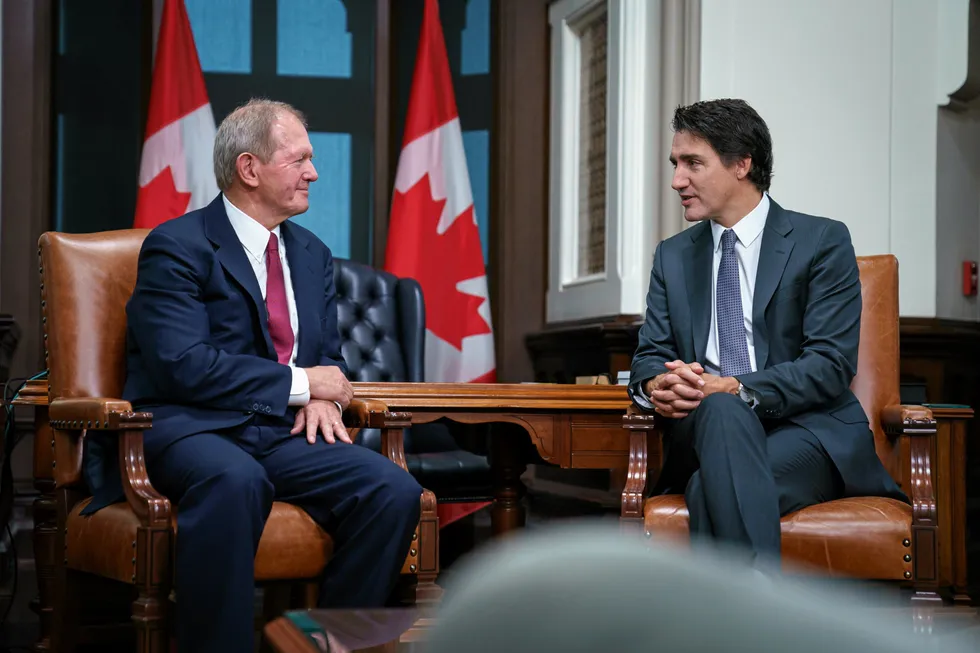Green hydrogen for iron | H2 Green Steel in talks to build $6bn green steel plant in Quebec
Steel pioneer’s existing customers want near-emissions steel for North American operations, says CEO

Stay ahead on hydrogen with our free newsletter
The firm is currently considering two options — building a massive green iron and steel plant for $6bn, or a green iron plant only for around $3bn, from which H2GS would export green iron to international markets.
This green iron can later be used to produce green steel in an electric arc furnace powered by renewable energy.
Quebec and the neighbouring province of Newfoundland and Labrador host several iron-ore mines and iron transport infrastructure, meaning that a DRI export project may ultimately prove the most economic option if the scheme goes ahead.
But H2GS also says that it is under pressure to expand its green steel production capability beyond Europe.
H2GS has several customers lined up for its Boden plant in Sweden, scheduled for final investment decision (FID) in the coming months and commercial operation by 2025, many of which already have international operations.
The green steel process requires huge amounts of renewable energy to produce green hydrogen (using electrolysers) and to power electric arc furnaces — which is likely why it is considering a scaled-back version of the project as well.
“It will depend on the dialogue we have with authorities in Canada regarding power allocation,” Henrikson said.
The company is looking for up to 700MW for the whole process, not much compared to Quebec’s 46GW of hydropower. However, the province’s power grid interconnects with those from major demand centres in Ontario, New Brunswick and the northeastern US.
So while Quebec’s power mix is 94% hydropower, alongside 5% wind, it can experience bottlenecks in winter, meaning it has to use fossil gas-power to fill the gap.